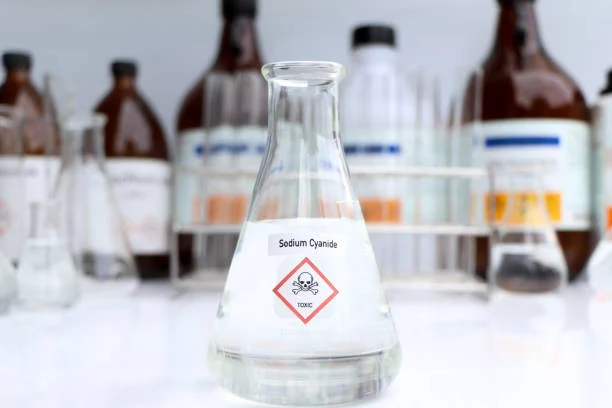
Gold, a precious metal celebrated for its remarkable resistance to corrosion and chemical reactions, displays a seemingly contradictory behavior when placed in a sodium cyanide (NaCN) solution. This article aims to clarify the complex chemical processes behind this phenomenon, uncovering the scientific explanations for gold's dissolution in cyanide solutions.
The Reactivity of Gold
The inert nature of gold stems from its distinctive electronic configuration. With a filled d-orbital and a single electron in its outermost s-orbital, gold forms robust metallic bonds. This structure makes gold highly stable and resistant to oxidation by most common chemical reagents. Under normal circumstances, gold remains unaffected by acids, alkalis, and even oxygen, which is why it has been highly valued throughout history for its durability and shine.
The Role of Sodium Cyanide
Sodium cyanide, conversely, is a highly reactive compound. When it dissolves in water, it breaks down to release cyanide ions. These cyanide ions are essential in the process of dissolving gold, as they form stable complexes with gold atoms. The interaction between gold and cyanide ions is a redox reaction, where gold undergoes oxidation and the cyanide ions are reduced.
The Dissolution Process
The dissolution of gold in a sodium cyanide solution is a multi - step process. First, oxygen plays a key role as an oxidizing agent. In the presence of water, oxygen molecules react with gold atoms. During this reaction, electrons are transferred from gold atoms, converting them into gold ions. These newly formed gold ions are highly reactive.
Next, the cyanide ions present in the solution quickly react with the gold ions. They combine to form dicyanoaurate complexes. The creation of these complexes is energetically favorable because the bonds between gold and cyanide ions are extremely strong. The high electronegativity of cyanide ions helps spread the negative charge around the gold ion. This stabilizes the complex, reduces the reactivity of the gold ion, and prevents it from precipitating out of the solution.
As more and more gold - cyanide complexes are formed, the oxidation of gold atoms continues. This leads to a continuous cycle of gold atoms being oxidized, reacting with cyanide ions, and dissolving into the sodium cyanide solution. The entire process depends on the availability of oxygen and cyanide ions, as well as the stability of the gold - cyanide complexes that are created.
Industrial Applications
The ability of gold to dissolve in sodium cyanide solution is the foundation of the cyanidation process, which is extensively used in the mining industry to extract gold from ores. This process involves treating gold - containing ores with a dilute sodium cyanide solution. The solution selectively dissolves the gold while leaving other minerals intact. Once the gold is dissolved, it can be recovered from the solution using methods like precipitation with zinc or electrolysis.
The cyanidation process has been highly effective in extracting gold from low - grade ores for over a century. However, it also brings up significant environmental and safety issues due to the toxicity of cyanide. To address these concerns, strict regulations and safety protocols have been established to minimize the negative impact of cyanide on the environment and human health.
Conclusion
In summary, the dissolution of gold in sodium cyanide solution is a sophisticated chemical process. It involves the oxidation of gold by oxygen and the formation of stable gold - cyanide complexes. The reactivity characteristics of gold and the unique properties of cyanide ions are critical factors in this process, enabling the extraction of gold from ores through the cyanidation method. Understanding the underlying chemistry is vital for achieving efficient and sustainable gold extraction, as well as for exploring alternative methods that are more environmentally friendly.
- Random article
- Popular articles
- Popular comments
- Gold Ore Thiourea Beneficiation
- Scheelite Flotation Method
- Lithium Ore Processing: Gravity Separation and Flotation
- Zirconium Ore Processing: Gravity Separation and Flotation
- Basic techniques for antimony ore flotation processing
- Manganese ore washing to achieve the best results
- Understanding the Manganese Ore Flotation Process

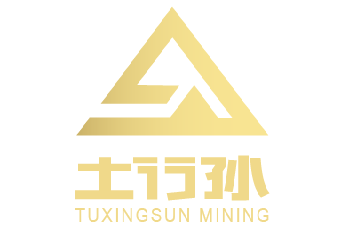

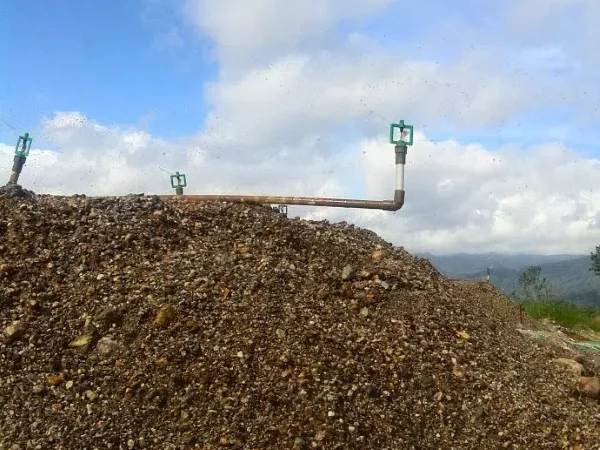

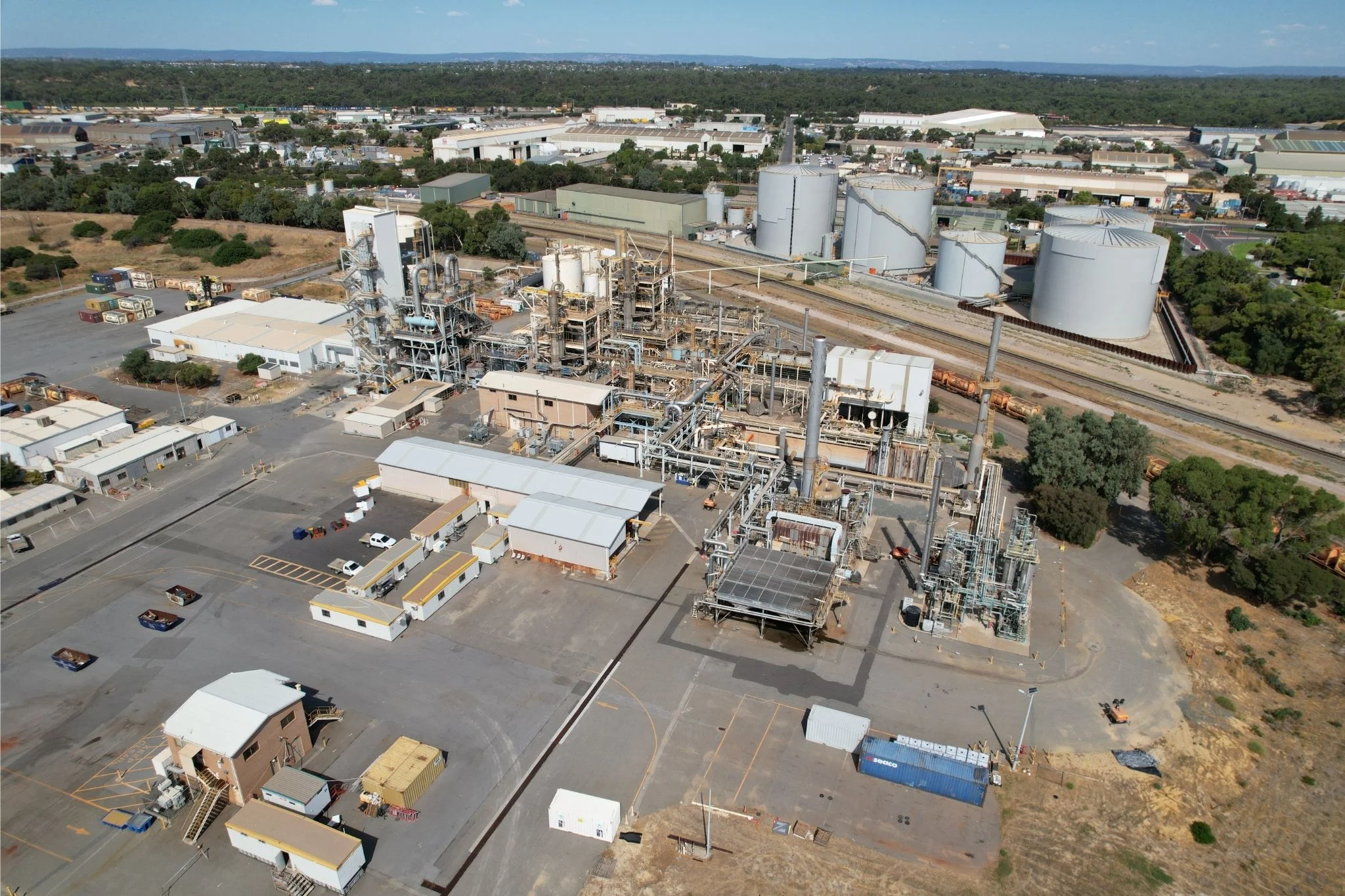
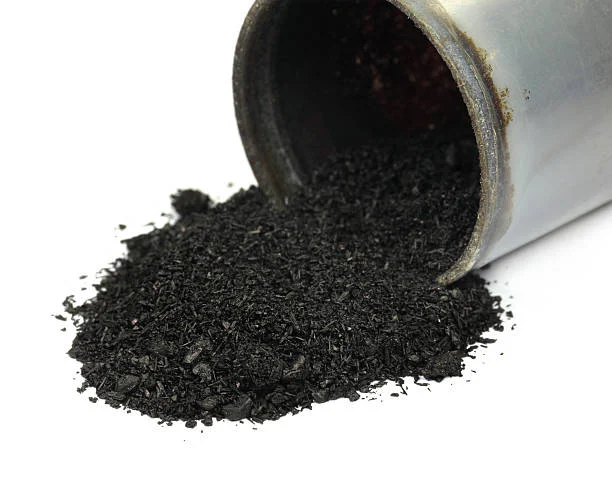
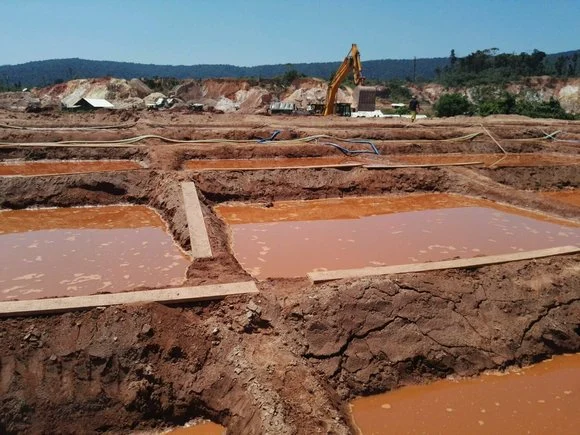
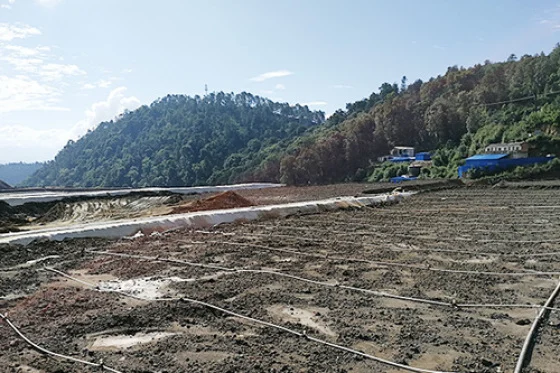

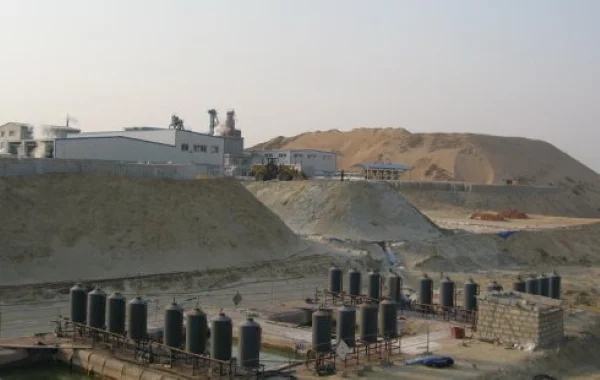

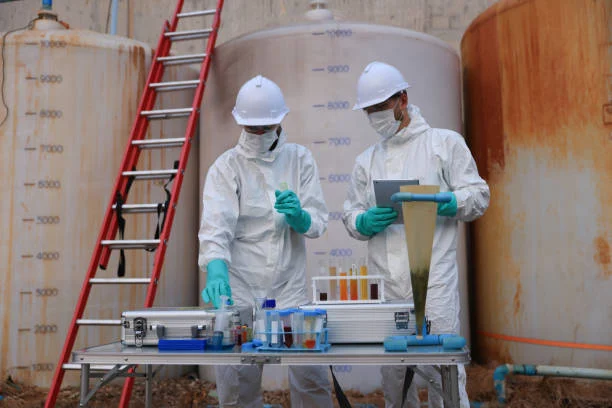

Leave a message with your needs or comments
Add comment: